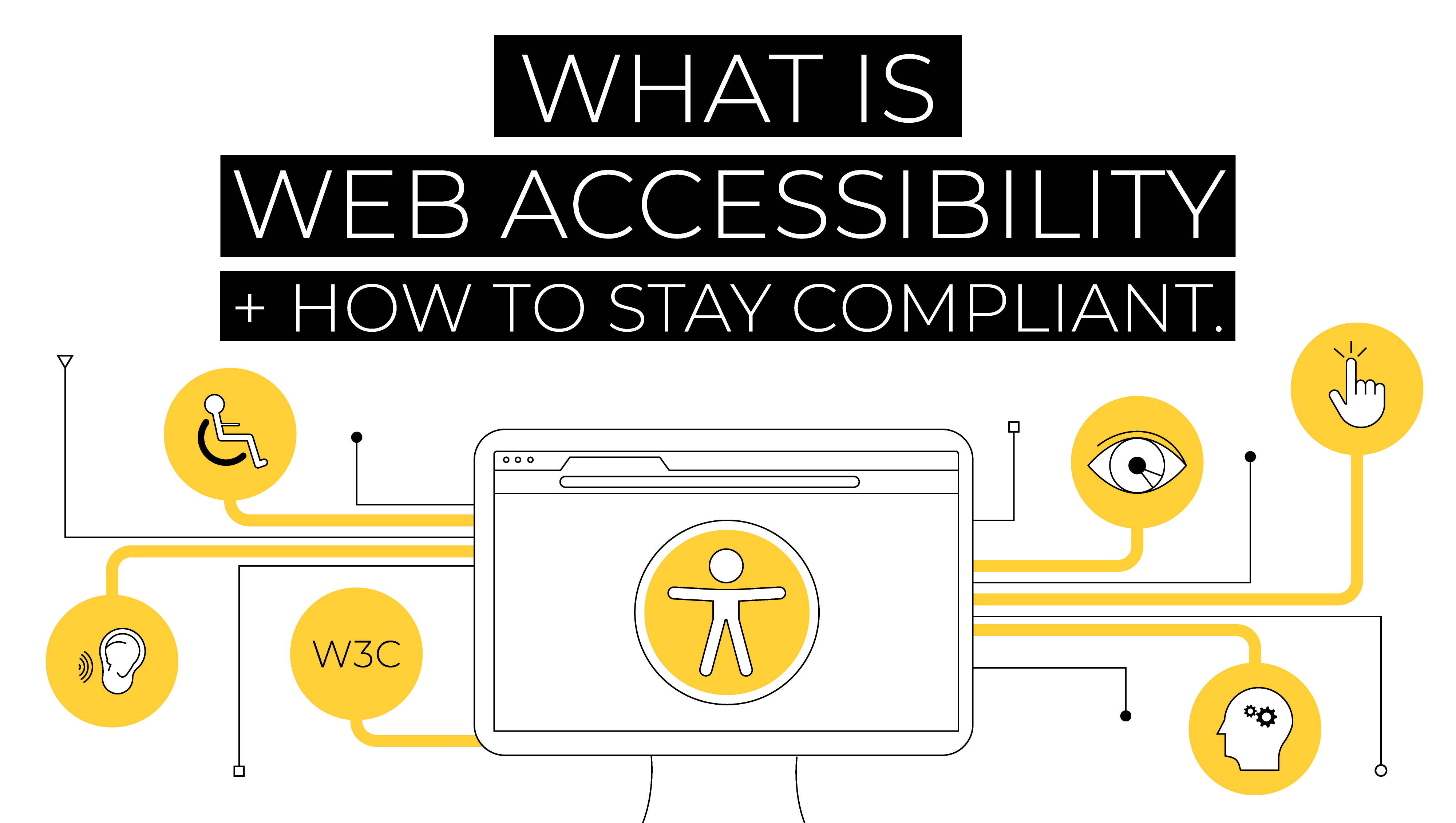CJ Attard Insights
Exploring the latest trends and insights in various industries.
Web Accessibility: The Secret Sauce to Happy Websites
Unlock the secret to happier websites! Discover how web accessibility boosts user satisfaction and engagement. Dive in now!
What is Web Accessibility and Why Is It Essential for Your Website?
Web accessibility is the practice of designing and developing websites that can be navigated and understood by all users, including those with disabilities. This includes accommodating individuals with visual, auditory, physical, and cognitive impairments. By implementing accessibility features, such as alternative text for images, keyboard navigation, and proper heading structures, you ensure that your digital content is available to everyone. This is not only a legal requirement in many jurisdictions but also reflects a broader commitment to inclusivity and user experience.
Investing in web accessibility is essential for several reasons. First, it expands your audience by allowing users with disabilities to access your site, thereby increasing your potential customer base. Second, search engines tend to favor accessible websites, which can enhance your SEO efforts and improve your rankings. Finally, creating an accessible website fosters a positive brand image, demonstrating that you value all customers and their experiences. In an increasingly digital world, prioritizing web accessibility is not just a best practice; it’s a fundamental aspect of responsible web design.

5 Key Benefits of Implementing Web Accessibility
Implementing web accessibility is crucial for creating an inclusive online experience. One of the primary benefits is increased audience reach. When your website is accessible, it accommodates users with disabilities, as well as the aging population who may have vision or mobility impairments. This broader audience not only enhances your brand's reputation but also boosts your potential customer base significantly.
Another key benefit is the improvement of SEO performance. Web accessibility often aligns with best practices for search engine optimization. For instance, using descriptive alt text for images and organizing content with heading tags not only helps users with disabilities navigate your website but also makes it easier for search engines to index your content. This can lead to higher visibility in search results and greater organic traffic.
Common Accessibility Mistakes and How to Avoid Them
When considering web accessibility, it's crucial to address common accessibility mistakes that can hinder users from navigating your site effectively. One prevalent error is the lack of alternative text for images. Alt text provides a textual description of images, essential for visually impaired users who rely on screen readers. Failing to include descriptive alt text not only undermines accessibility but can also affect your site's SEO. To avoid this mistake, always provide concise yet descriptive alternative text that captures the essence of the image.
Another frequent pitfall is the use of insufficient color contrast between text and background. Low contrast can make content difficult to read for users with visual impairments. It’s important to check that your site’s color palette meets the recommended contrast ratios. Additionally, the reliance on color alone to convey information (like using color-coded alerts) can also be a barrier for color-blind users. Implementing text labels alongside color cues can enhance accessibility and ensure your content is perceivable by all users.